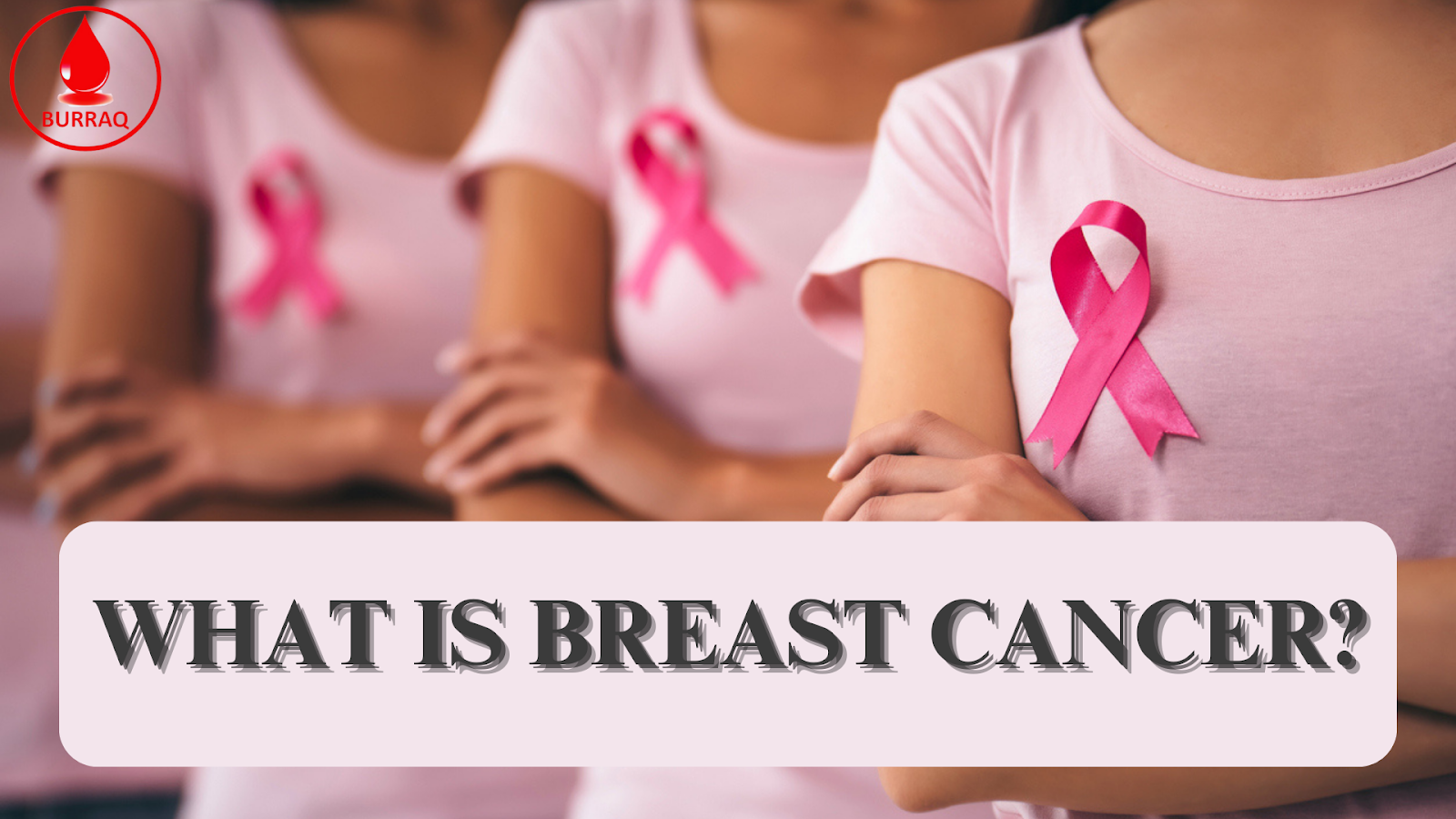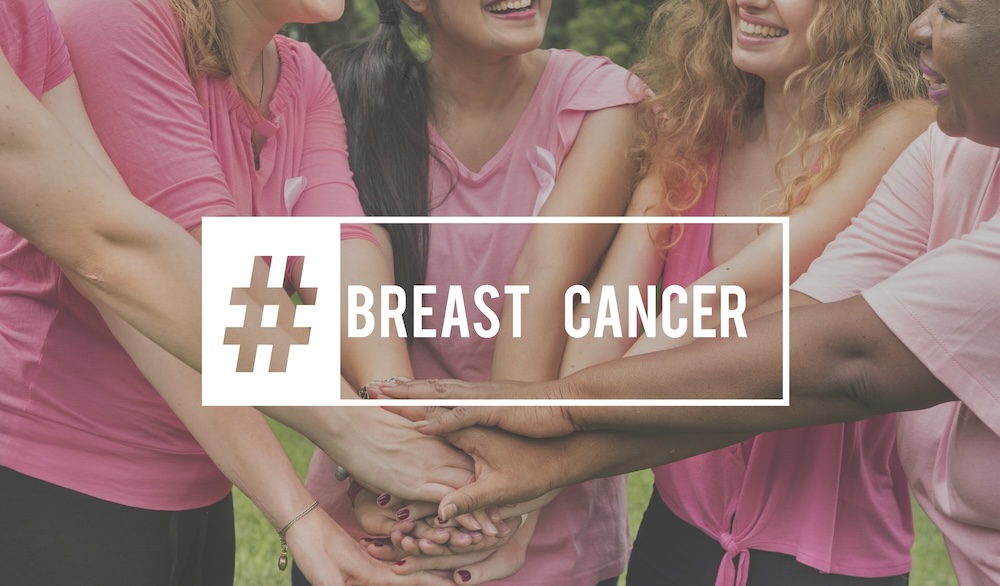 Home
About Us
Treatments
Blogs
Contact Us
Book Appointment
Home
About Us
Treatments
Blogs
Contact Us
Book Appointment
Breast cancer is a prevalent and potentially life-threatening disease that affects a significant number of individuals globally. Early detection and advances in treatment have improved survival rates, making awareness and understanding of this disease crucial for individuals and healthcare professionals.
Learn More
Breast cancer is a malignant tumor that originates in the cells of the breast. It typically begins in the milk-producing glands (lobules) or the ducts that carry milk to the nipple. Over time, cancerous cells can invade surrounding tissues and, in advanced stages, may spread to distant body parts through the bloodstream or lymphatic system. This aggressive behavior of cancer cells can cause serious health complications and even be life-threatening.
Extensive medical research has highlighted the role of genetic mutations and alterations in the growth-regulating mechanisms of breast cells. The accumulation of genetic changes can lead to uncontrolled cell division, ultimately forming a tumor. Breast cancer is not a single disease but rather a complex group of diseases, each with unique characteristics and behaviors.

The causes of breast cancer are multifactorial, involving a combination of genetic, environmental, hormonal, and lifestyle factors. Some common causes and risk factors include:
The most common symptom is a painless lump or mass in the breast or underarm. Not all lumps are cancerous.
Unexplained changes in the size, shape, or appearance of the breast can indicate breast cancer.
Nipple inversion, pain, redness, or discharge other than breast milk may be a sign of breast cancer.
Dimpling, redness, or other changes in the skin over the breast can signify underlying issues.
While most breast cancers are painless, some may cause discomfort, tenderness, or pain.
Breast cancer encompasses various subtypes, each with distinct characteristics and treatment approaches. Some of the notable types include:
Ductal Carcinoma in Situ (DCIS) is a non-invasive form of breast cancer characterised by the presence of abnormal cells within the milk ducts, yet confined within the ductal structure without spreading into nearby tissues...
Invasive Lobular Carcinoma (ILC) is a subtype of breast cancer that originates in the milk-producing lobules of the breast and has the tendency to invade surrounding tissues...
Lobular Carcinoma in Situ (LCIS) is a non-invasive condition that originates in the milk-producing lobules of the breast. It is characterized by the abnormal growth of cells within the lobules...
Angiosarcoma of the breast is an uncommon yet aggressive malignancy that arises from the blood vessels or lymphatic vessels within the breast tissue...
Phyllodes tumors represent a rare and diverse group of fibroepithelial neoplasms that arise within the breast’s connective tissue...
Paget’s Disease of the Breast is a rare form of breast cancer that affects the skin of the nipple and areola...
Adopting herbal remedies rooted in Unani and Ayurveda traditions has gained momentum as complementary approaches to treating breast cancer. Naturopathy, including these ancient systems, takes a holistic view, emphasising the body’s innate healing capacity. Unlike allopathy, which primarily focuses on symptom management, Ayurveda and Unani delve into the root causes of disease, striving to restore harmony between body, mind, and spirit.
Unani medicine, originating from Greco-Arabic traditions, follows a personalized approach. Herbs like Asparagus racemosus (Shatavari) and Nigella sativa (Black seed) are believed to possess anticancer properties, helping to restore equilibrium and bolster immunity.
Ayurveda, a holistic science from India, identifies imbalances in the body’s doshas. Herbs like Curcuma longa (Turmeric) and Withania somnifera (Ashwagandha) are advocated for their potential to modulate inflammation and enhance vitality.